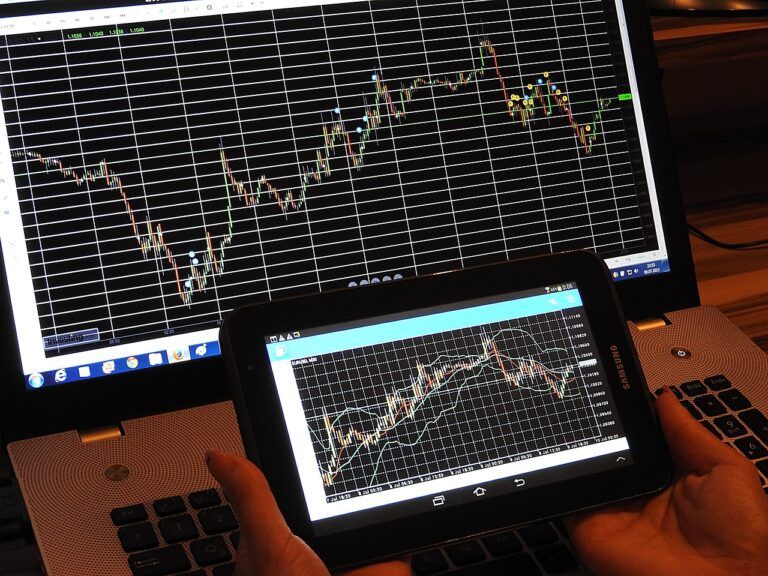For the first time this year, Bitcoin’s price volatility is lower than that of the S&P 500 Index, a popular benchmark for U.S. equity markets. Using a 10-day historical volatility measure, the S&P 500’s volatility for the past week was 27. This is almost twice the value that Bitcoin clocked: only 15.7, as reported by Bloomberg.
This exchange of volatility happens as both markets are experiencing irregular price patterns. The S&P 500, which has been in a raging bull market for years, is currently undergoing a correction. Since its peak on September 21, 2018, the S&P has dropped as much as 11.5%, its worst down-trend since the beginning of the year.

Stocks have been taking a beating recently as investors express concerns over international trade. Specifically, experts are worried about how President Donald Trump will handle a Chinese trade deal. Many are “not optimistic,” says White House economic adviser Larry Kudlow.
On the other hand, bitcoin has been unusually quiet. Besides October 15, 2018, when bitcoin saw a Tether bank run push its price up 10%, the price of bitcoin has remained fairly constant. Volatility in the bitcoin market has been so slow, some analysts are joking that “bitcoin has become a stablecoin.” Data from CryptoCompare illustrates this:
 Data From CryptoCompare
Data From CryptoCompare
Bitcoin analysts have been monitoring the cryptocurrency’s volatility for almost a month now. In the beginning of October 2018, momentum started slowing down, and some expressed sentiment that there could be a big move coming. Over the past few weeks, bitcoin’s volatility has not come back, as shown in the chart above, and the price has remained relatively stagnant.
Bitcoin’s volatility has decline so much its 30-day index dropped to levels it hadn’t seen since December of 2016. Some analysts have claimed this means the cryptocurrency is now becoming a store of value, and that it’s price will start rising steadily in the future as more ivnestors recognize it as a SoV.








